How to produce cinematic beats worthy of a Hollywood epic
Enormous drum and percussion sounds are the order of the day as we turn our attention to producing blockbuster beats suitable for a Hollywood epic
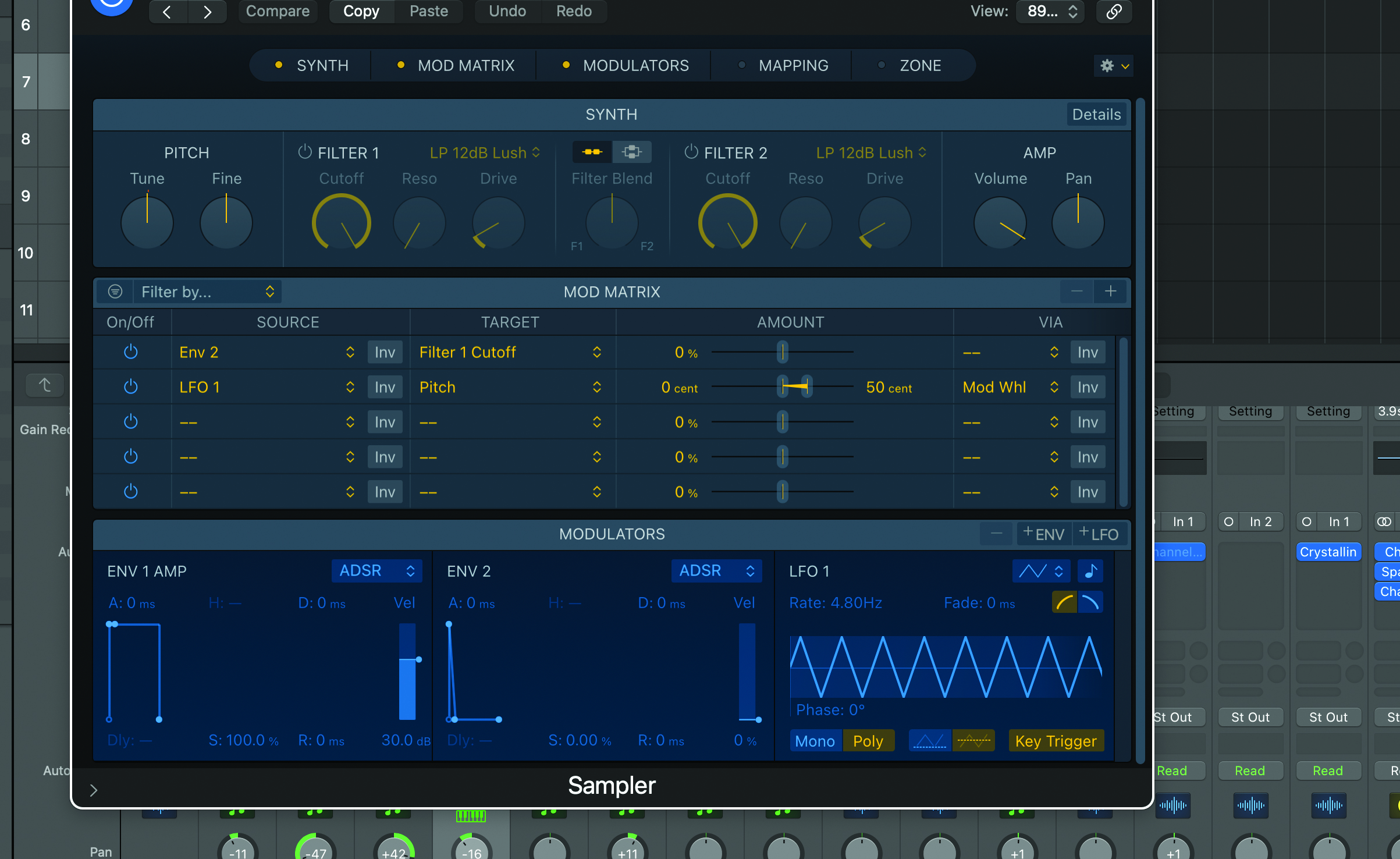
Step 1: Once you have your core sounds sorted, group them together by type and load them into your sampler. This is far more flexible than using raw audio on a track, particularly for pitch or velocity variations or amplitude envelope tweaking. You can always bounce the parts back out to audio for final processing later should you feel the need.
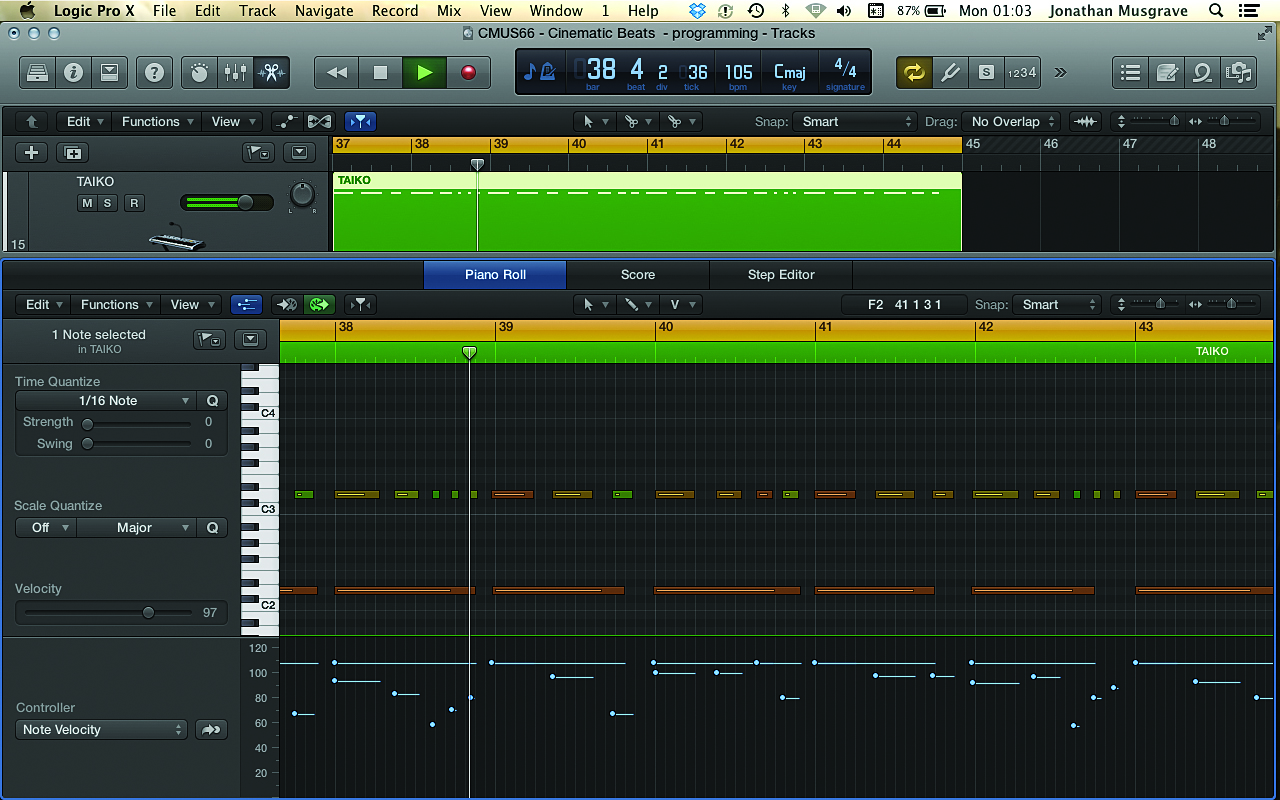
Step 2: Velocity is a vital consideration in the production of dynamic beats. We program our basic tom and taiko pattern, and by playing the part on a keyboard, we get a true dynamic feel. Then we simply tweak the velocities to taste, accenting significant beats (such as downbeats).
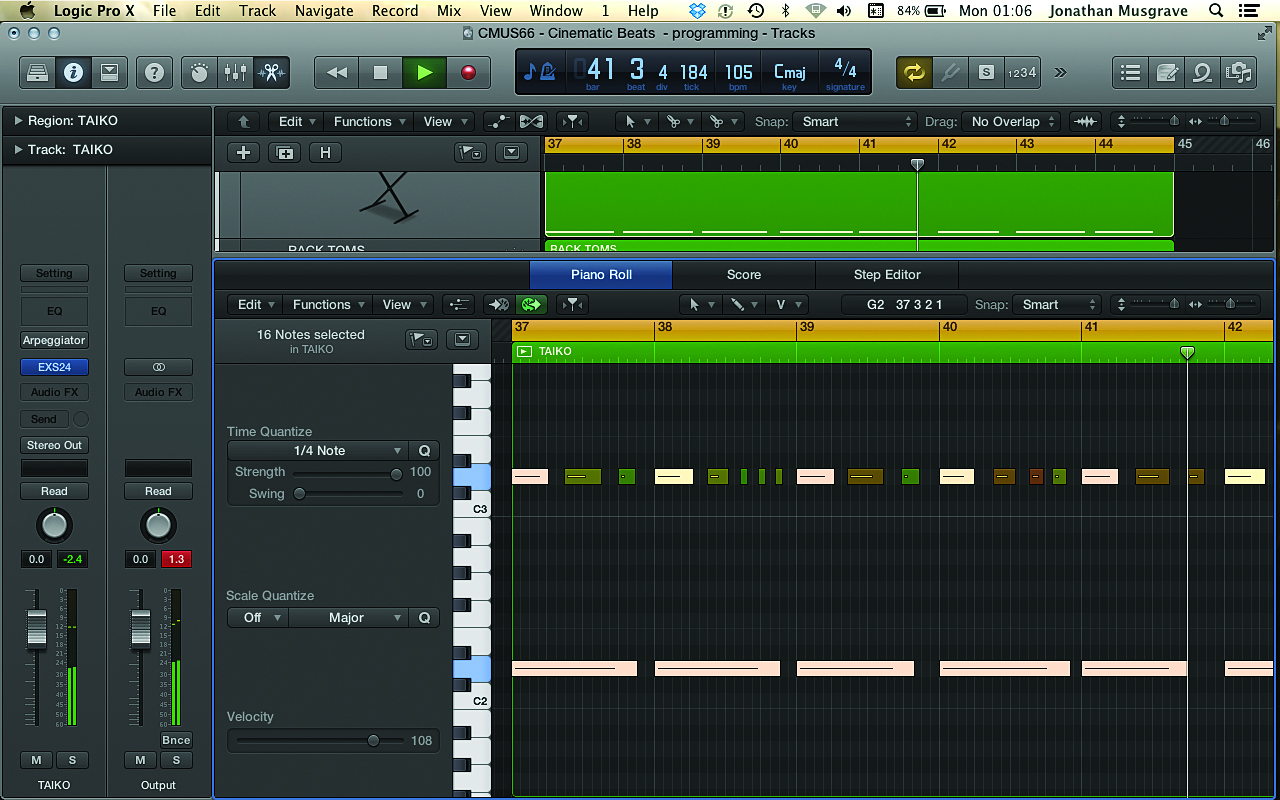
Step 3: While we might like the loose feel of our played-in part, the beats need to lock in with other instrumentation in the track. Two options are to not quantise fully or use swing quantise. However, our approach is to perfectly quantise the main downbeats and then retain some natural timing within other parts of the pattern.
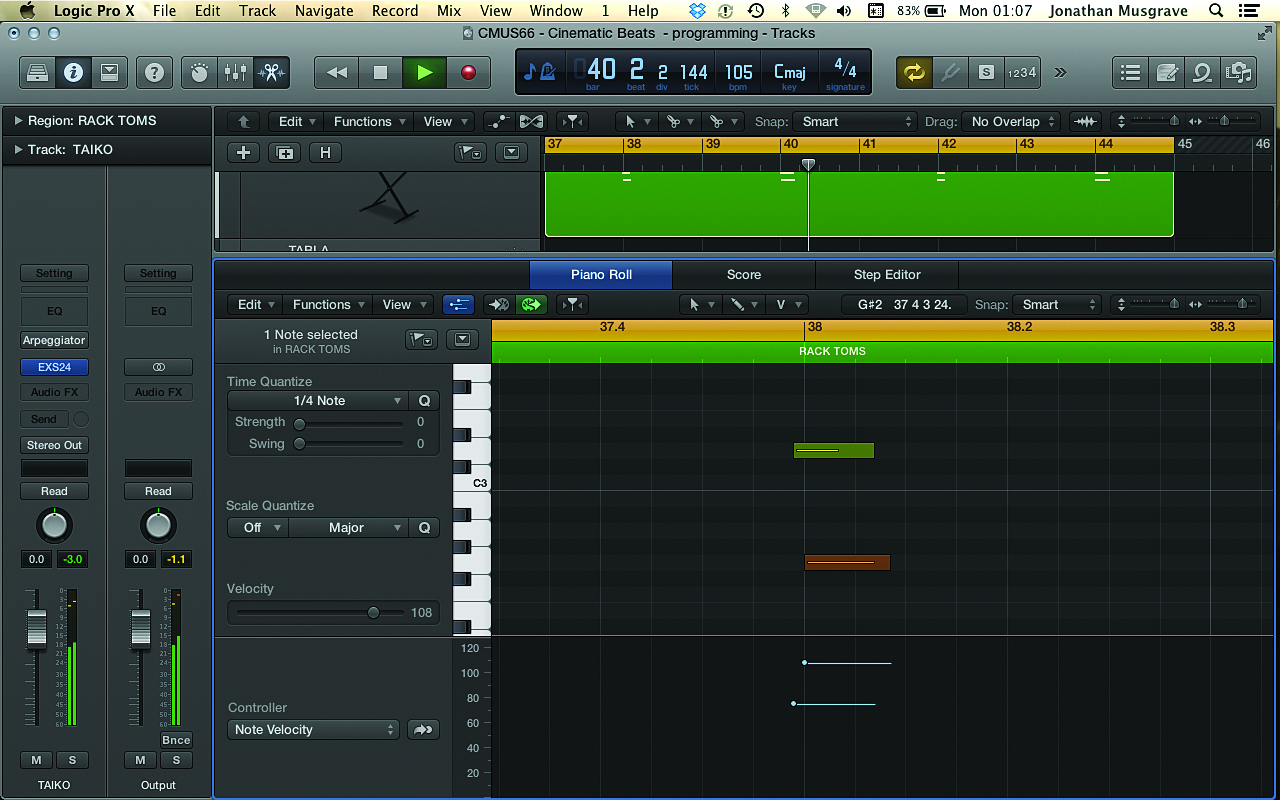
Step 4: Percussionists and drummers often play ghost notes to fill the gaps between the main beats, as well as grace notes just before beats. The most well-known implementations of grace notes are the flam and the drag – single and double grace notes, respectively, before the main hit. We program flams on our toms and drags on some of our snares. (Audio: Step 4)
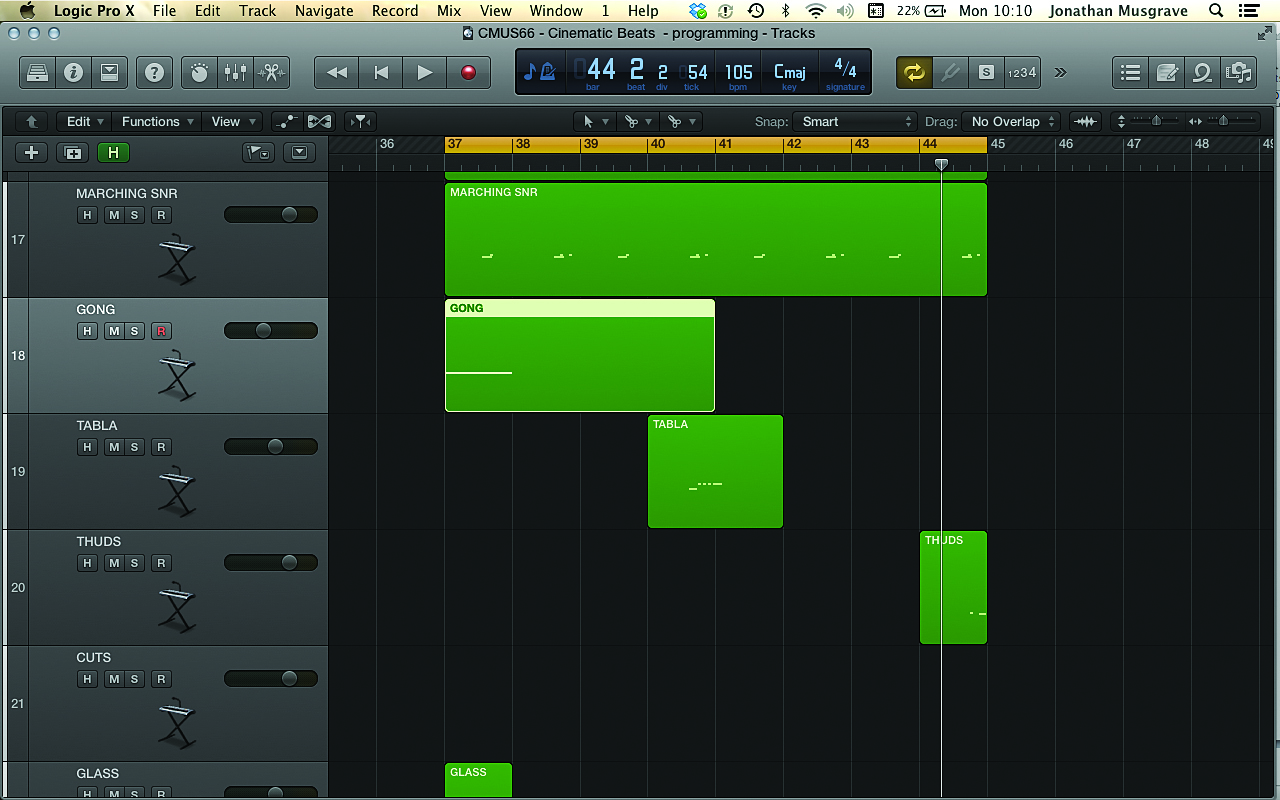
Step 5: We only add drags to certain snares – these are the accented notes that help mark out the time of the overall part. Elsewhere, we can use the same ‘doubling up’ idea to accent other notes. Here we’re also adding a gong to the downbeat of every eight bars.
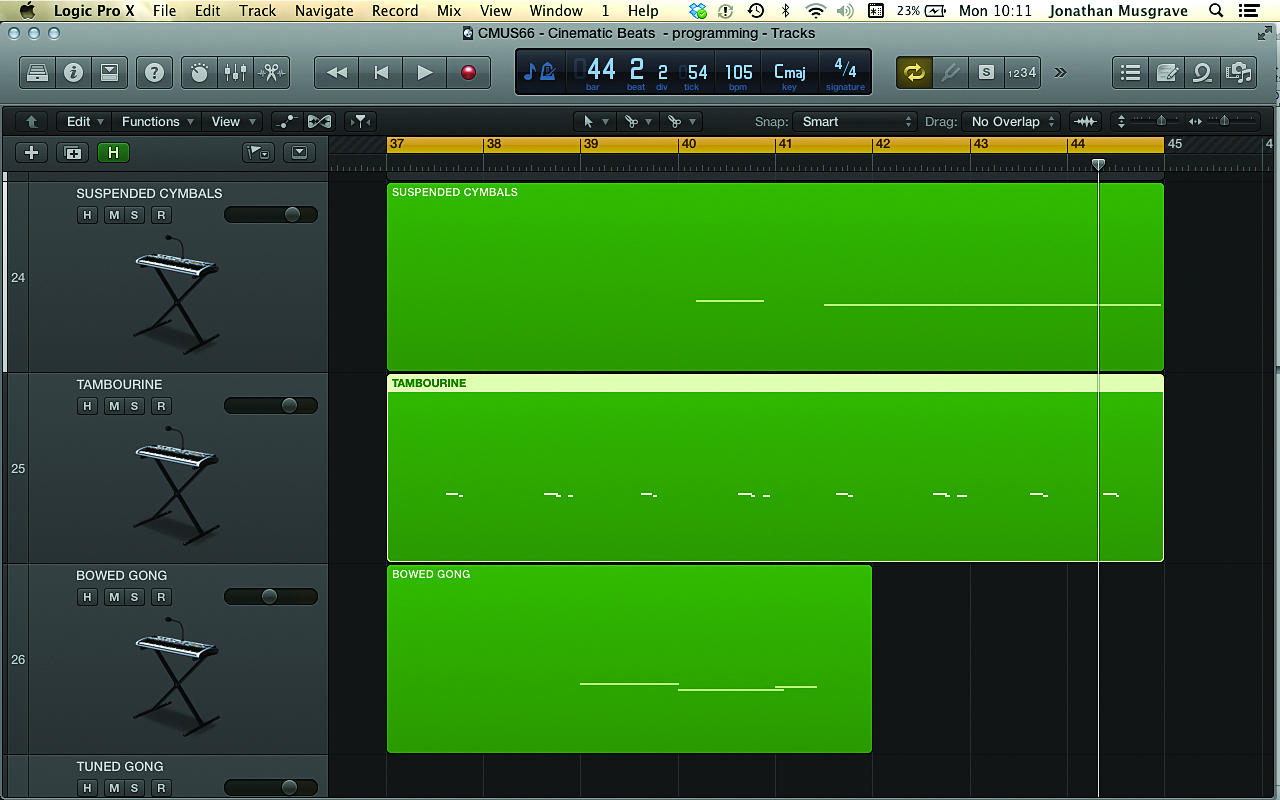
Step 6: Cinematic beats tend to range into both the low and high extremes of the frequency spectrum, leaving the mid range clear for other instruments and dialogue. It’s worth bearing this in mind at the sound selection stage. We complete our track with some carefully chosen high-frequency sounds, thus leaving space in the mid range.
Get the MusicRadar Newsletter
Want all the hottest music and gear news, reviews, deals, features and more, direct to your inbox? Sign up here.
Computer Music magazine is the world’s best selling publication dedicated solely to making great music with your Mac or PC computer. Each issue it brings its lucky readers the best in cutting-edge tutorials, need-to-know, expert software reviews and even all the tools you actually need to make great music today, courtesy of our legendary CM Plugin Suite.
“From a music production perspective, I really like a lot of what Equinox is capable of – it’s a shame it's priced for the post-production market”: iZotope Equinox review
"This is the amp that defined what electric guitar sounds like": Universal Audio releases its UAFX Woodrow '55 pedal as a plugin, putting an "American classic" in your DAW










